The content of the article
Did the indoor plants start to turn yellow and dry? First the young shoots disappeared, and then the old leaves began to fall off? It is necessary to look at the stalks: the presence of small flat insects on them indicates the shield that appears at any time of the year. It is recommended to catch one pest and try to remove the shell from it. If the operation was successful, the flowers were attacked by a shield, which can be fought in several ways.
Timely response
With a small number of insects that did not have time to harm the plant, handle soap and cotton swab. Additionally, you will need a toothbrush or sponge for washing dishes, a few cotton swabs, alcohol or kerosene. Soap suitable household, tar, antibacterial or laundry detergent. The destruction of the scythes is carried out in several stages:
- Rag or cotton swab dipped in ordinary water, walk through the leaves and stalks to remove insects and their waste products.
- Prepare a concentrated solution of soap, which need to process the flower and the ground in a pot. Shchitovki not live in the soil, but can be on the surface of the soil, from which then again will move to the root and stems.
- Fill the bucket or basin with the solution, put a few sticks across the tank, put a flower on them, which is turned upside down. Leaves should be completely immersed in liquid. Remove the plant after 3-4 hours, gently wash off the remnants of soap and return to the window.
Recipes for mechanical cleaning solutions
The main component of the composition against the shield is soap, dishwashing detergent or laundry detergent. Shampoos and baby hygiene products are not suitable, they are not so aggressive. The remaining ingredients are selected depending on the situation.
Denatured alcohol is contraindicated in thin and delicate leaves. Dissolve 10 ml of alcohol and 15 g of liquid soap in a liter of water, stir up the formation of a scum and apply with a cotton swab on the affected plant.
A softer version consists of 30 g of engine oil and 10 g of grated soap. The mass should be thick, if necessary add a little warm water. Cover the ground with a film or plastic bag, emulsify the flower. Leave on for 8–12 hours, rinse off with cool water. The shield will disappear after the second procedure, which is repeated a week later.
Tip: Instead of the machine, you can use burdock oil. The leaves and stems are rubbed with the prepared emulsion, and after that the plant is bathed under a tap or in the shower.
Combined version
Shchitovok clean in three stages:
- Arm yourself with a toothbrush and sweep the pests into bowls filled with water.
- Treat the damaged areas with onion gruel, remove the remains with a sponge dipped in soapy water.
- Prepare a spray solution from a liter of water and 5 drops of kerosene. Pour 40 g of soap chips, stir to dissolve the ingredient. Complete the procedure with bathing flowers in warm water (no more than 45 degrees).
Popular alcohol rubbing, which use vodka or ethyl alcohol. The method is not suitable if the shieldwoman attacked violets or begonias, calatheas or arrowroot, guinur or stone-helm.Well tolerated alcohol indoor lemons.
Chemicals: how to choose
Insecticides and poisons are a reliable and fast way to destroy flaps. Treat the plants on the balcony or fresh air, wearing rubber gloves, a respirator and goggles. Even in closed rooms, dressings and other devices will not save you from chemical poisoning.
Actellic Powder handles pests all at once, but treated flowers should be kept away from pets and children. It will take 1.5 mg of product per liter of liquid. Spray the stems and leaves, pour a solution of the earth.
"Aktara" does not harm cats, but has an unpleasant smell. The solution is prepared from 0.5 ml of the preparation and 1 l of water. Do not spray, and pour into the ground. The poison is quickly absorbed by the root system, gets into the juice that feeds shchitovki, and insects die within hours.
Bankol is a good, odorless option that is safe for pets. Enough 0.5 g per liter of liquid, used for spraying. The tool first paralyzes the scarab, and after 1-2 days they die.
“Bitoxibacillin” works only at high temperatures. In a liter of liquid dissolve 5 ml of insecticide, spray the affected plants. It will take several procedures to destroy all the flaps. The drug acts slowly: first, it paralyzes the digestive system of pests, and they begin to die on the third day.
They note the effectiveness of "Fitoverma" and "Metaphos", and in severe cases they recommend using "Phosbecid". First, the plants should be mechanically cleaned, rinsed under running water, and, after drying, dried and brought to fresh air. After treating with insecticides, cover the affected flower with a plastic bag. Leave for 45 minutes for the chemicals to work.
People recommend
Fans of natural methods can prepare a remedy for flaps of garlic, vinegar, bitter pepper or onion. Tinctures are less effective than chemicals. It will take from 4 to 5-6 procedures with an interval of 5-7 days to get rid of pests.
Garlic option
Peel 4-6 cloves of garlic, chop and mix with a glass of water.Cover and leave for 3-5 hours, strain and add 30 g of grated household or tar soap. Pour into the sprayer and apply on the inner and outer surface of the sheet, leave for a day. An important cloth to remove the soap film, repeat the procedure until the flaps disappear.
An alternative to garlic is an onion, which is crushed and infused in water. Infusion sprayed or washed affected flower. You can cook a decoction of onion peel and mix with soap.
Chili from shitovki
A few fresh bitter peppers cut and pour 500 ml of plain water. Boil for 10–20 minutes on low heat, pour into a jar and send to the bedside table for a day. Separate the liquid from the cake, pour into the sprayer. Pepper decoction can be stored in the refrigerator, but the fresh version is more efficient.
Nature's help
In summer, you can prepare a natural remedy from fresh fern leaves (100 g per liter) or celandine (300-400 g). The workpiece is crushed, filled with warm water. The tool should be a day, and after they need to boil. Just 30 minutes on low heat. Cold broth is filtered, sprayed with liquid flowers throughout the week.No need to flush.
Tip: Work with celandine need in rubber gloves. It is impossible for the juice to fall on the mucous membranes or bare skin, otherwise burns may occur.
Do well with the shields of funds from the leaves of walnuts or tobacco. In a liter of boiling water, soak 300–400 g of fresh, or 100–150 g of dry billet. To infuse the solution, you must wait a day. Spray the flowers with a natural remedy only after bathing in soapy water.
You can mix tobacco and garlic solution to enhance the effect. 50–100 ml of vodka or ethyl alcohol are sometimes added to soapy water, and room lemon and other citrus fruits are treated with a gruel of onion or garlic. Mass applied to the leaves, rub with a toothbrush and leave for a few minutes. Sweep the cloth and wash off the remnants of the juice.
What you need to remember
The infected plants are immediately isolated from the rest, because the scout quickly crawls from one pot to another. Land is better to change or pour a concentrated solution of insecticide or potassium permanganate. Sills and tables, on which they carried out the processing of indoor plants, must be disinfected.
To improve the immunity of plants, it is recommended to expose them to the sun or use an ultraviolet lamp. It takes about 2–5 minutes per day, and the flowers will begin to fight pests on their own. Useful fresh air and mineral supplements.
If it seems that the scale insects have disappeared after the first procedure, do not forget that some of the larvae could have remained in the ground. Therefore, it is important to process the flowers several times to permanently get rid of the pest.
Shchitovka - resilient and strong insects, so the fight against them must begin from the first days of infection. Natural infusions will cope with young pests, but if they do not help, you should arm yourself with chemicals. Shchitovki hate the humid climate and the sun, so the best prevention is timely watering, a lot of ultraviolet radiation and regular feeding of domestic plants.
Video: how to get rid of flail

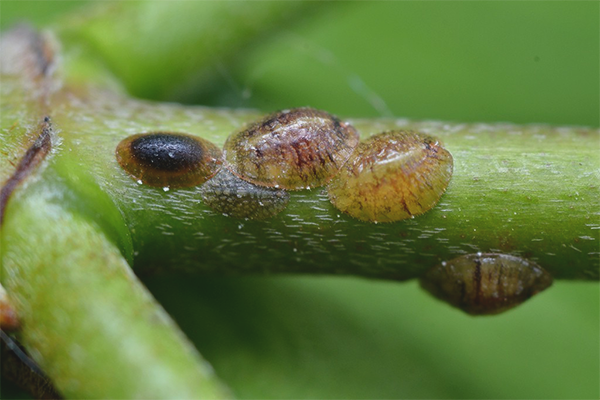
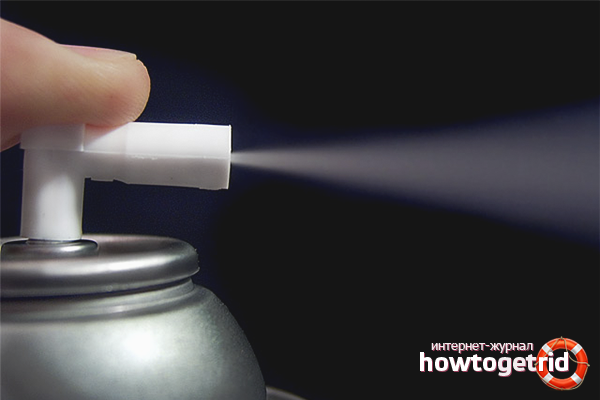
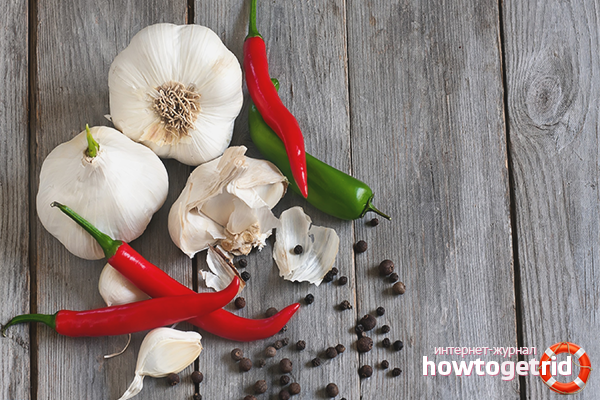


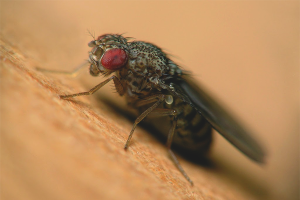
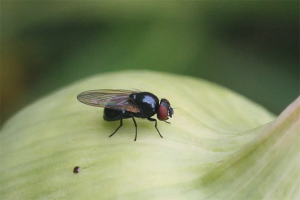


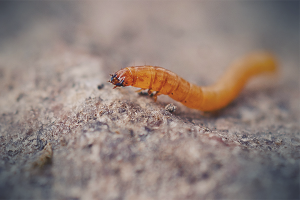
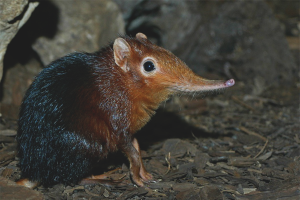

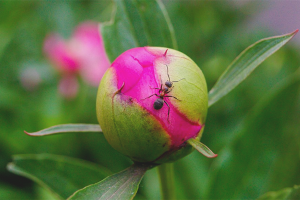
To send